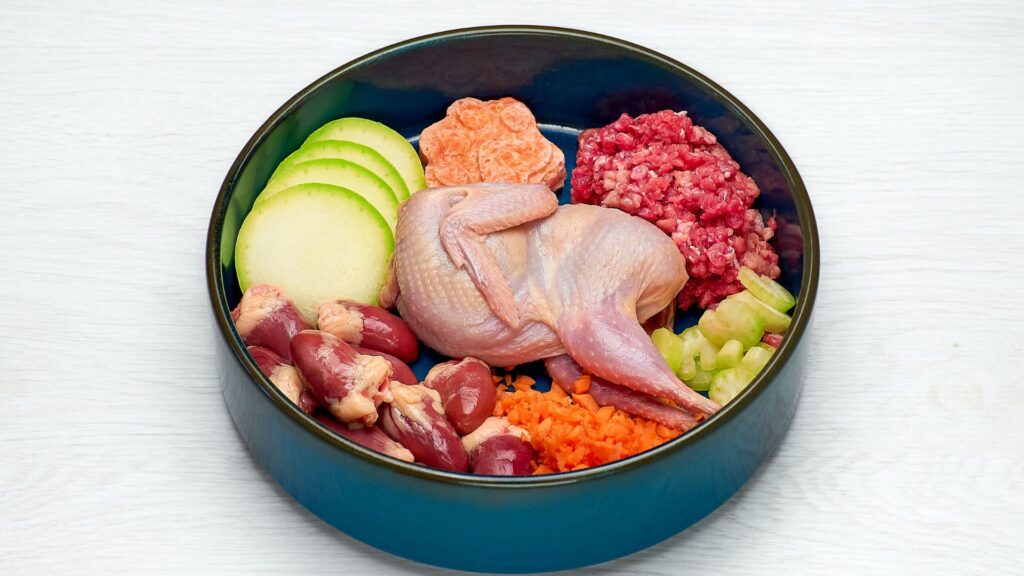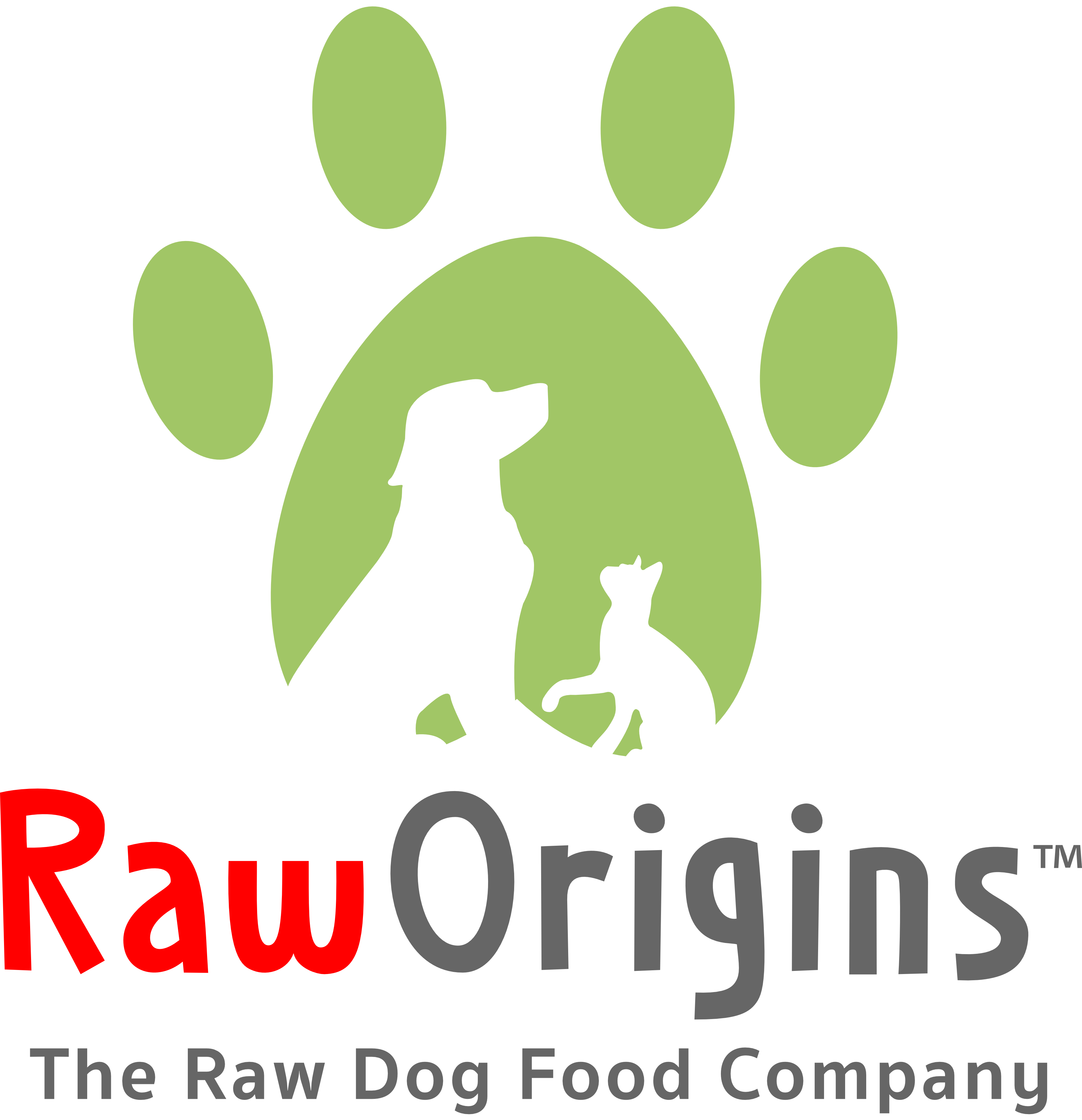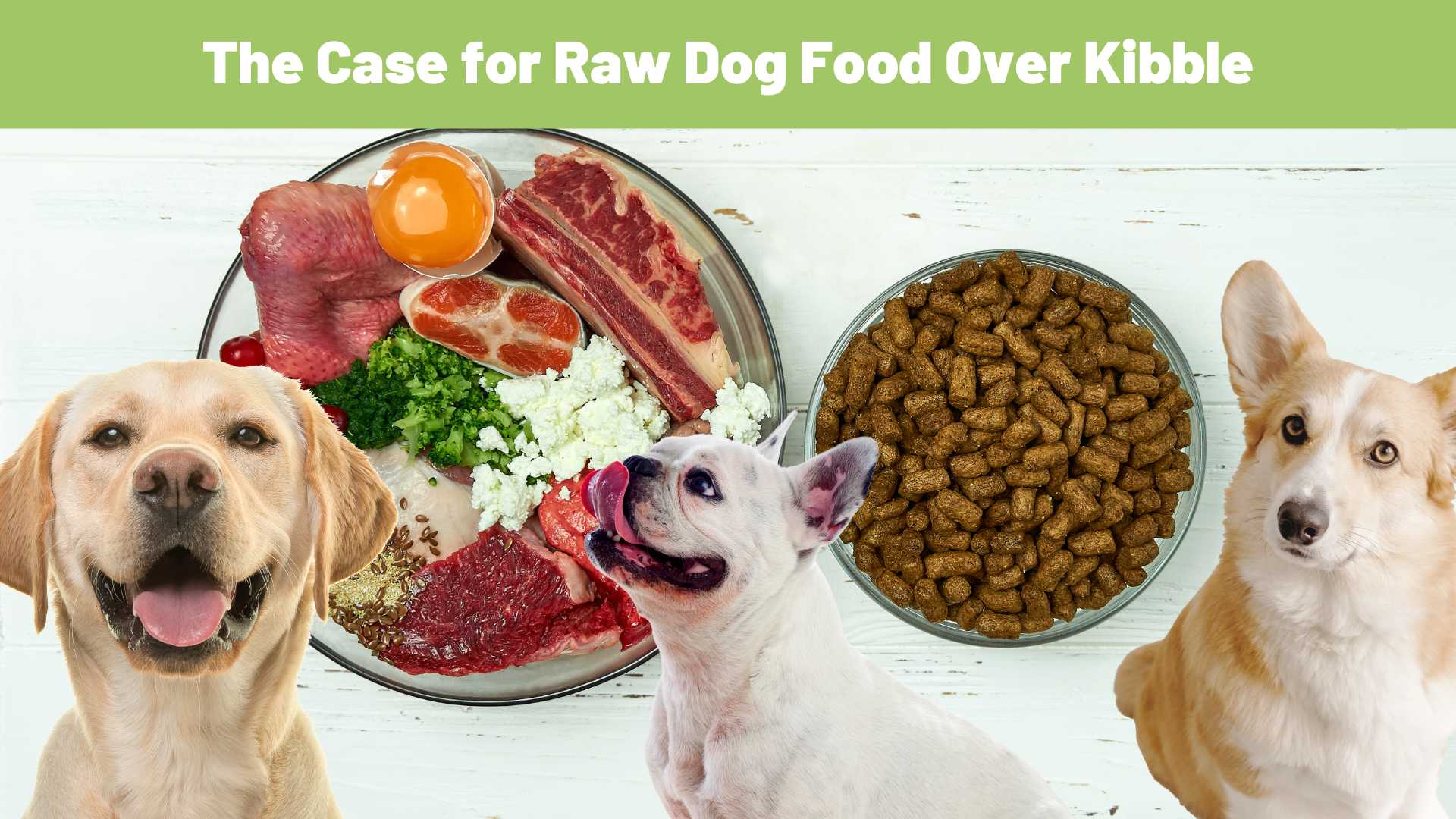In recent years, there has been a growing trend among pet owners towards feeding their dogs a raw diet instead of traditional kibble. Advocates of raw dog food argue that it closely mimics what dogs would eat in the wild and provides numerous health benefits for our furry companions. While kibble has long been the standard diet for dogs, the shift towards raw feeding is gaining momentum, supported by both anecdotal evidence and scientific research.
Understanding the Raw Dog Food Diet
Raw dog food typically consists of uncooked meat, bones, fruits, and vegetables, sometimes supplemented with additional nutrients like vitamins and minerals. This diet is based on the belief that dogs are natural carnivores and thrive on a diet rich in raw meat and bones. Proponents of raw feeding assert that it provides several advantages over commercially processed kibble.
Health Benefits of Raw Dog Food
One of the primary arguments in favor of raw dog food is its potential health benefits, encompassing improved digestion, healthier skin and coat, enhanced dental health, increased energy and vitality, and potential allergy relief. Advocates suggest that feeding dogs a raw diet can lead to significant improvements in various aspects of their well-being.

Raw food diets are often touted as easier for dogs to digest compared to heavily processed kibble, resulting in less gastrointestinal upset, firmer stools, and better nutrient absorption. Additionally, a balanced raw diet rich in essential fatty acids can contribute to healthier skin and a shinier coat, while chewing on raw bones can naturally clean a dog’s teeth, reducing plaque and tartar buildup, and promoting fresher breath and a lower risk of dental problems.
Furthermore, some dog owners observe that their pets exhibit increased energy levels and overall vitality on a raw diet, which may be attributed to a more biologically appropriate diet meeting the dog’s nutritional needs, and for dogs with food sensitivities or allergies, switching to a raw diet free of common allergens found in kibble may provide relief from symptoms like itching, ear infections, and gastrointestinal issues.
Safety Considerations and Precautions
While raw feeding offers numerous potential benefits, such as improved dental health and better digestion, dog owners must exercise caution and adhere to best practices to ensure their pet’s safety. Achieving balanced nutrition is paramount, requiring consultation with a veterinarian or canine nutritionist to tailor a meal plan to the dog’s specific needs.
Additionally, handling raw meat carries the risk of bacterial contamination, necessitating strict adherence to food safety measures including proper storage, handling, and cleaning of utensils and surfaces to prevent health hazards for both dogs and humans.
Furthermore, despite the dental benefits, the consumption of raw bones poses risks such as choking hazards and gastrointestinal obstructions. It’s essential to offer appropriately sized and supervised raw bones to mitigate these dangers. When transitioning from kibble to a raw diet, gradual changes over several days are advisable to allow the dog’s digestive system to adapt smoothly, minimizing the risk of digestive upset and discomfort associated with abrupt dietary changes.
While raw feeding may not be suitable for every dog or every owner, many proponents attest to its positive impact on canine health and well-being. As with any dietary change, it’s essential to do thorough research, consult with professionals, and monitor your dog’s health closely to ensure a smooth transition and optimal outcomes. With proper planning and attention to safety, raw feeding can offer a natural and nutritious alternative to traditional commercial diets, contributing to happier, healthier lives for our canine companions.

